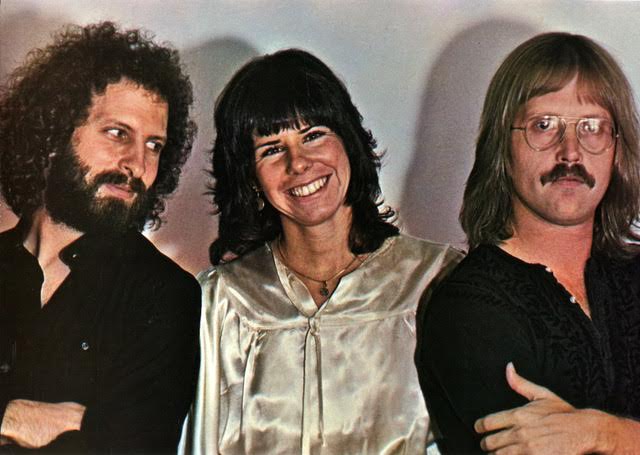What all cyclists should know
By Shannon Malone, Esq.

If you have read our previous articles, you know New York is a “No Fault” state requiring all vehicle owners to have Personal Injury Protection insurance (PIP). PIP provides coverage for costs sustained as a result of a motor vehicle accident, such as medical bills, medications, transportation costs, and other expenses, regardless of who is “at fault” or who caused the accident. The law also provides that all owners of motor vehicles keep a minimum liability insurance policy of $25,000 to cover injuries to other drivers caused by their negligence.
But what happens when a driver with no insurance causes an accident or you are hit by a driver who leaves the scene before being identified? What happens if you are a pedestrian, bicyclist, or motorcyclist and do not carry your own automobile insurance policy?
Fortunately, the Motor Vehicle Accident Indemnification Corporation, or MVAIC, provides New Yorkers with an alternative way to be compensated. Article 52 of the New York State Insurance Law established the MVAIC to cover No-Fault and injury claims when no other auto liability insurance is available. It was established in 1958 by the New York State Legislature in enacting Article 17-A (now Article 52) of the New York Insurance Law. MVAIC operates as a non-profit organization and provides no-fault benefits of up to $50,000.00 to cover your own medical bills and provides up to $25,000.00 per person as compensation for anyone injured in a crash.
The MVAIC is funded through levies on insurance companies providing automobile liability insurance in the State of New York in accordance with Section 5207 of the Insurance Law. Other sources of funds include fees collected from self-insurers by the New York State Department of Motor Vehicles under Sections 316 and 370-4 of the Vehicle and Traffic Law, investment income, and subrogation recoveries.
There are distinct requirements to qualify for MVAIC Benefits. (1) You must report the accident to the police within 24 hours; (2) there mustn’t be any other car insurance available to cover the loss; (3) the accident must have taken place in New York. (4) Additionally, you cannot own the uninsured car or be the spouse of the uninsured vehicle’s owner.
For hit-and-run accidents, you must file a Notice of Intention with the MVAIC to file a claim within 90 days of the accident. If the uninsured vehicle’s owner was identified, you must file this notice within 180 days of the accident. Next, you must file an Application for Motor Vehicle No-Fault Benefits or an “NF-2” form which requires a description of the accident and your injuries, the names and addresses of the doctors who treated you, and the treating hospital. You will also need to submit an accounting of your medical bills resulting from the accident and those anticipated in the future. Finally, you must complete a Household Affidavit, which states where you lived and who lived with you at the time of the accident.
When the MVAIC receives your application, it opens a case file and initiates an eligibility review. As part of the process, an MVAIC claims examiner may interview you, and the MVAIC will notify you whether your application is confirmed or denied.
It is crucial that all cyclists and pedestrians familiarize themselves with the application process and the deadlines detailed above after becoming involved in an accident with a vehicle that leaves the scene of the incident and consult with a lawyer to help process this little-known application.
Shannon L. Malone, Esq. is an Associate Attorney at Glynn Mercep Purcell and Morrison LLP in Setauket. She graduated from Touro Law, where she wrote and served as an editor of the Touro Law Review. Ms. Malone is a proud Stony Brook University alumna.


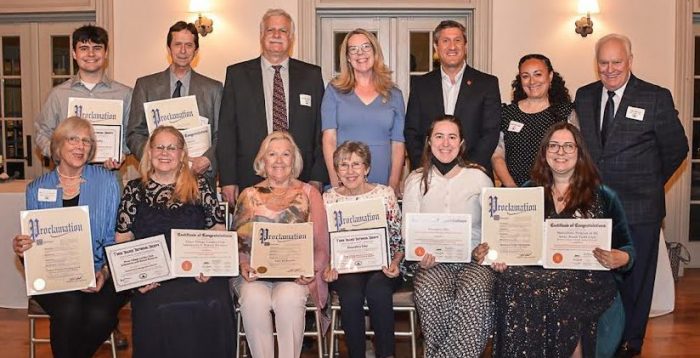


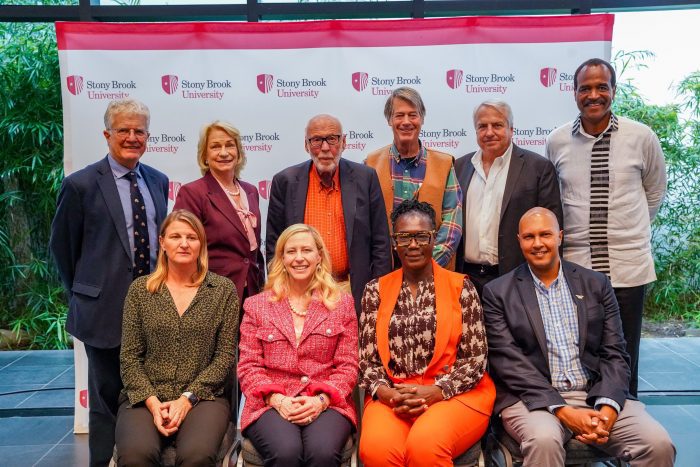
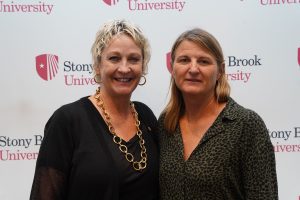




 Welcome to the 18th edition of Paw Prints, a monthly column for animal lovers dedicated to helping shelter pets find their furever home!
Welcome to the 18th edition of Paw Prints, a monthly column for animal lovers dedicated to helping shelter pets find their furever home! Meet Donnie
Meet Donnie Meet Levy
Meet Levy Meet Wilbur
Meet Wilbur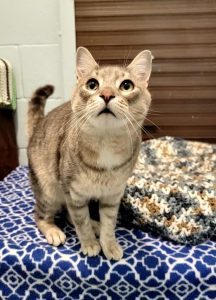 Meet Joey Biscuits
Meet Joey Biscuits Meet Winslet
Meet Winslet